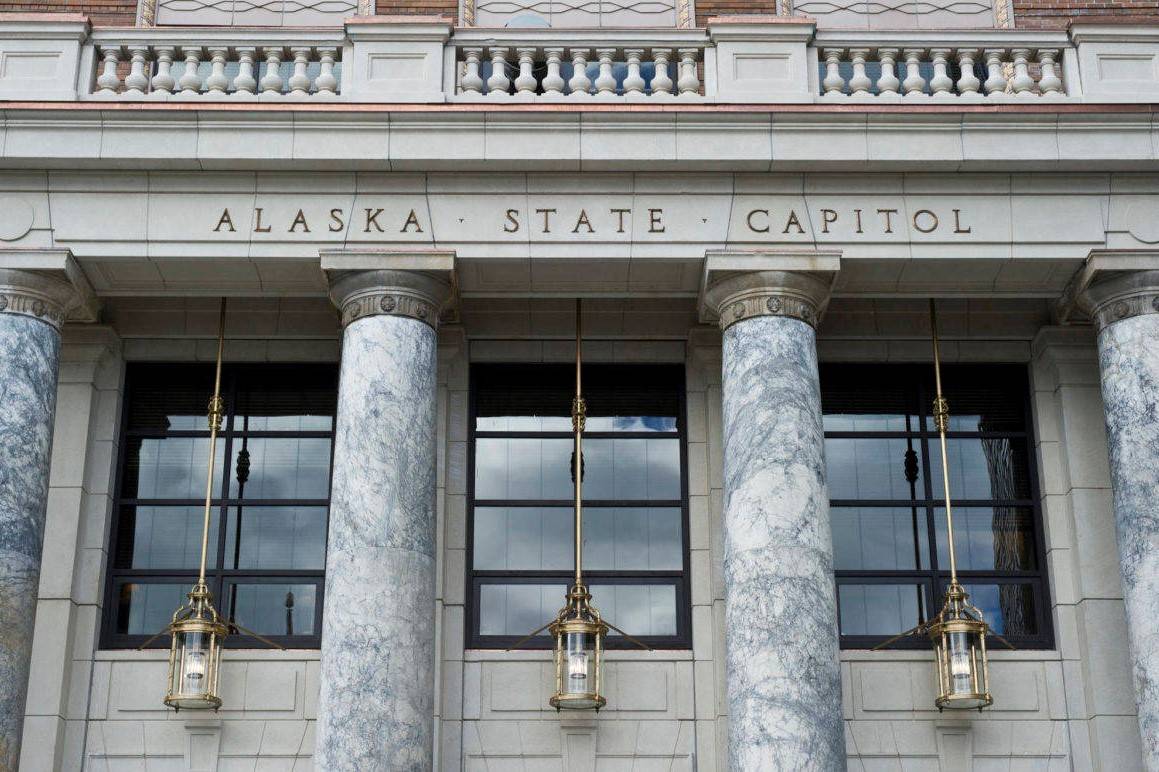The House Finance Committee got a detailed walk-through of the governor’s proposed budget Wednesday morning, and the message was quite clear: the state cannot continue to spend like it is.
“The governor has built in a $1.5 billion deficit,” said Rob Carpenter, analyst for the Legislative Finance Office.
When Gov. Mike Dunleavy released his budget in December, he said he intended to pay a full statutory Alaska Permanent Fund dividend of $3,170. That would require drawing the state’s Constitutional Budget Reserve savings account down to $540 million.
But if the governor’s budget were to go through as planned, Carpenter said, this would be the last year the state would be able to draw from the CBR.
“The CBR is gone by (Fiscal Year 2022), Carpenter said. “In this scenario, the (Earnings Reserve Account) would be gone by FY30.”
Carpenter said these were just projections and it was highly unlikely for such a scenario to actually occur, but his office was tasked with creating projections with the information available.
“If we do this and we end up with $500 million in the CBR, this will be the last time it will be sufficient to solve our budget issues,” Rep. Adam Wool, D-Fairbanks, asked. Carpenter told him that was a correct statement.
The largest part of the state’s spending was on the permanent fund dividend, Carpenter told the committee, which draws roughly $2 billion from the CBR.
Carpenter provided the committee with a slide show containing graphs with 10-year projections of state finances based on the governor’s budget. With lower dividends the state would be able to maintain the CBR and not have to draw from reserve accounts.
The information in the presentation was not necessarily new to lawmakers. When the budget was released, some lawmakers criticized the governor for drawing so much from the CBR.
Asked if she learned any new information from Wednesday’s presentation, Finance Committee Co-chair Jennifer Johnston, R-Anchorage, said, “No, but no matter what it’s still concerning.”
The presentation emphasized lawmakers have to start making responsible decisions with regards to spending, Johnston said. And that meant all appropriations, she said.
“We don’t have a deficit if you don’t have the dividend,” Johnston said in an interview. “Am I advocating that, no. I’m just saying that our budget, which is a standard state budget, without the dividend does not have a deficit.”
Many lawmakers have talked about revisiting the dividend formula in order to make the state’s budget more sustainable, but it’s not clear that’s going to happen.
Rep. Cathy Tilton, R-Wasilla, said she didn’t think changing the formula was a good idea.
“I’m not convinced we’ve gotten to a point where we have reduced our spending, we have to look at our spending across the board,” she said.
Tilton said she would like to see a constitutional spending limit in order to control state expenses. As to changing the PFD formula, “It’s a conversation that needs to happen. I’m not saying that I would be voting for a change, but it is a conversation that needs to happen and it’s a conversation that Alaskans should be engaged in.”
• Contact reporter Peter Segall at 523-2228 or psegall@juneauempire.com.

